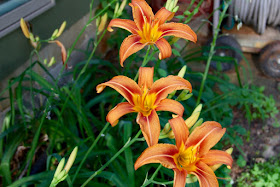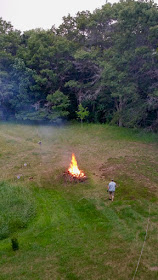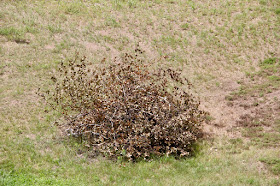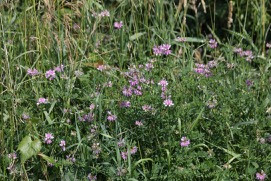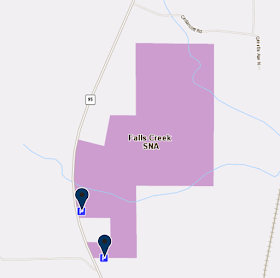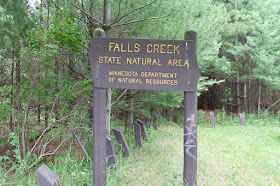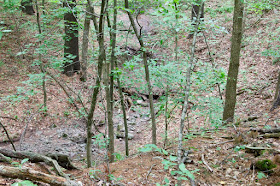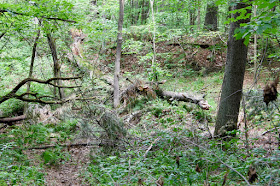Second question: have you seen some of the stunningly clear photos that have been taken of butterflies? Like these, for example? This morning a red admiral butterfly was flitting about the driveway and around the south side of the garage. I already had a few mediocre pictures of red admirals and many more not so good at all photos of them. My collection of dragonfly pictures has a similar breakdown. None are as good as I'd like them to be. For one thing, my reflexes aren't as quick as a butterfly's wings being raised, after very briefly having been lowered. For another, dragonflies often don't sit still for very long either.
Is the answer to better pictures to have the camera set on burst mode? Shoot video and then pull single "frames" from it? Most likely I still need to review several of the online butterfly photography tips and focus (pun intended) on a more structured approach, rather than my usual helter-skelter "try it and see if it works." The following pictures were taken this morning with my smart phone's camera, another
 |
| wings (almost) down: yes
Photo by J. Harrington
|
 |
| wings up: no
Photo by J. Harrington
|
 |
| wings up: no
Photo by J. Harrington
|
 |
| wings up: no
Photo by J. Harrington
|
 |
| wings up: no
Photo by J. Harrington
|
I hope you all have a wonderful holiday weekend. Wish me luck as I start to pull some buckthorn. Getting rid of buckthorn and increasing the amount of wildflowers should offer more chances at both butterflies and dragonflies. Who knows, if I manage to get organized with my different flies photography, I may next follow up on my long-standing threat to organize my dry flies. That would be a major step toward independence, actually being able to find things and having a better sense that I actually know what I'm doing, instead of making it up as I go along.
Can we learn wisdom watching insects now,or just the art of quiet observation?Creatures from the world of leaf and flowermarking weather’s variation.
The huge dry summer of the ladybirds(we thought we’d never feel such heat again)started with white cabbage butterfliessipping at thin trickles in the drain.
Then one by one the ladybirds appearedobeying some far purpose or design.We marvelled at their numbers in the garden,grouped together, shuffling in a line.
Each day a few strays turned up at the table,the children laughed to see them near the jamexploring round the edges of a spoon.One tried to drink the moisture on my arm.
How random and how frail seemed their lives,and yet how they persisted, refugees,saving energy by keeping stilland hiding in the grass and in the trees.
And then one day they vanished overnight.Clouds gathered, storm exploded, weather cleared.And all the wishes that we might have hadin such abundance simply disappeared.
********************************************
Thanks for visiting. Come again when you can.
Please be kind to each other while you can.





